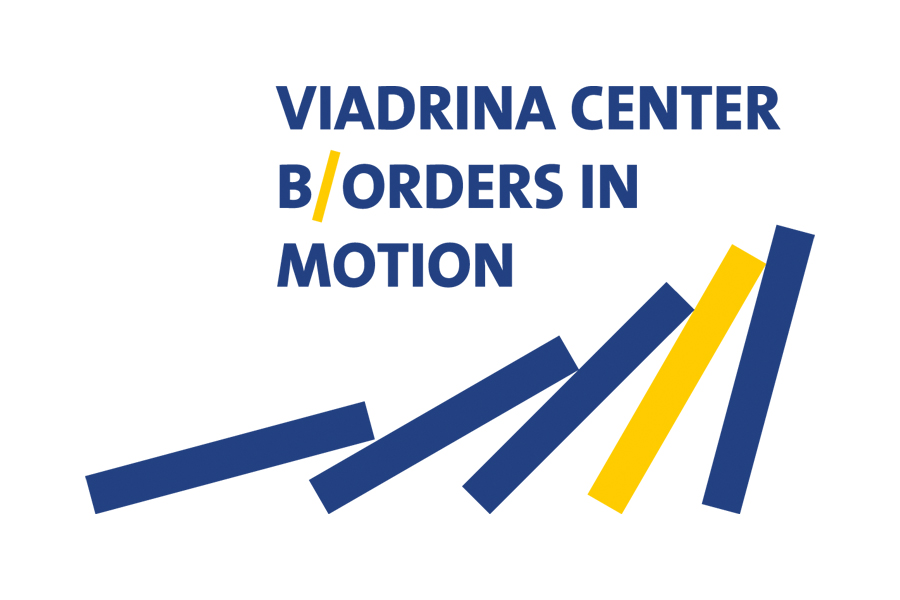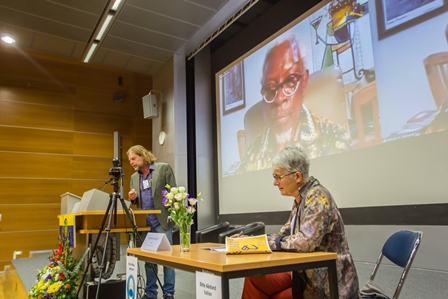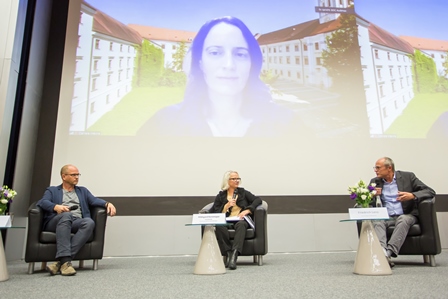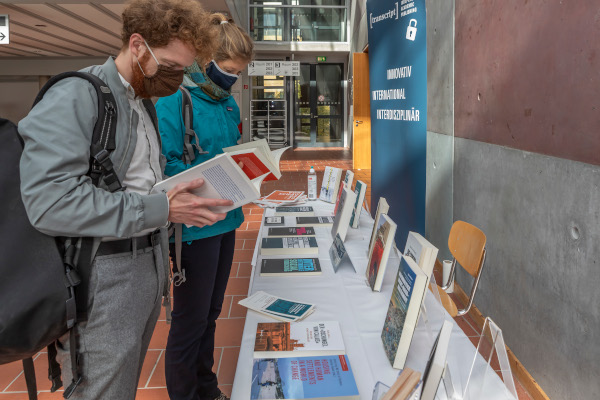International conference "B/ORDERING CULTURES" 2020
picture

Under the title B/ORDERING CULTURES: ALLTAG, POLITIK, ÄSTHETIK, the 6th annual conference of the Kulturwissenschaftliche Gesellschaft (KWG) focussed on the interplay of borders and orders from the perspective of cultural studies. The Viadrina Center B/ORDERS IN MOTION, in cooperation with the KWG section "Border Studies in Cultural Studies", invited participants to the border city on the Oder to discuss this highly topical and recently controversial socio-political issue. From 8-10 October 2020, a wide range of concepts of borders and order were put up for discussion: socio-symbolic, aesthetic-material and political-territorial concepts of borders and order were linked with each other, as were micro and macro perspectives on these phenomena.
Text above
Pictures
Text below
The central concept of bordering ties in with the focus on the discursive and practical production and the associated dynamics of border and order processes that has been widespread in border studies since the 2000s. We invite researchers to discuss the conditions, modes of production and order-generating effects of border demarcations here on the German-Polish border. How do orders, which are largely constituted through the marking of differences, develop their meaning(s) in the interplay of these distinctions?
Everyday life, politics and aesthetics form socially relevant domains for the processing of boundary/order relations. Interaction orders, gender orders or even political orders in their effects on everyday behaviour, aesthetic-performative practices of exclusion and marginalisation or temporal demarcations as a moment structuring everyday life are only hinted at here as possible topics. In addition to substantive-empirical questions, the conference also aims at methodological perspectives on orders and borders:
- How can we look at the boundaries of orders and analyse the overlaps, superimpositions and plurality of different order structures?
- How can the drawing, negotiation and dissolution of boundaries be adequately described as a social practice in its own orderliness from a cultural studies perspective?
- How can the otherwise dominant bivalence of border and order logics be countered so that dynamics and processes between border demarcations and order structures also become visible (in betweenness)?
Overview of the conference program
Logbook entry for the conference
Logbook entry on the Hostile Terrain94 exhibition in the conference's accompanying program
Conference report: Kulturwissenschaftliche Zeitschrift
Video recording: Panel discussion
orgteam
Organisation team at the VC B/ORDERS IN MOTION
Prof. Dr Konstanze Jungbluth
Maria Klessmann, M.A.
Dr Andrea Meissner
Florian Grundmüller, M.A.
Natalia Linke, B.A.
Anne Pilhofer, B.A.
With financial support from:
- German Research Foundation
- Cultural Studies Society (KWG)
- European University Frankfurt (Oder)
- Sparkasse Oder-Spree
- Nomos publishing company
- transcript publishing house
- De Gruyter publishing house
- AStA of the EUV
Bild Team
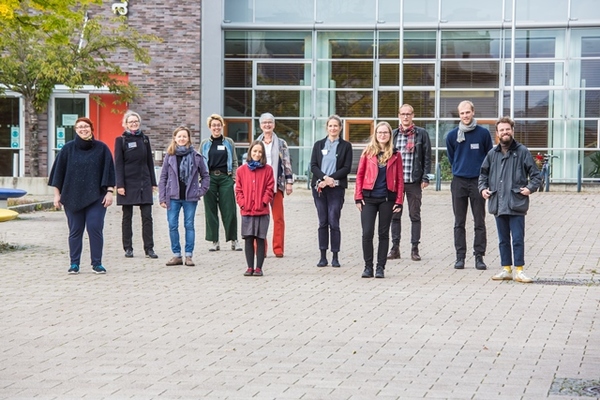
© René Matschkowiak
